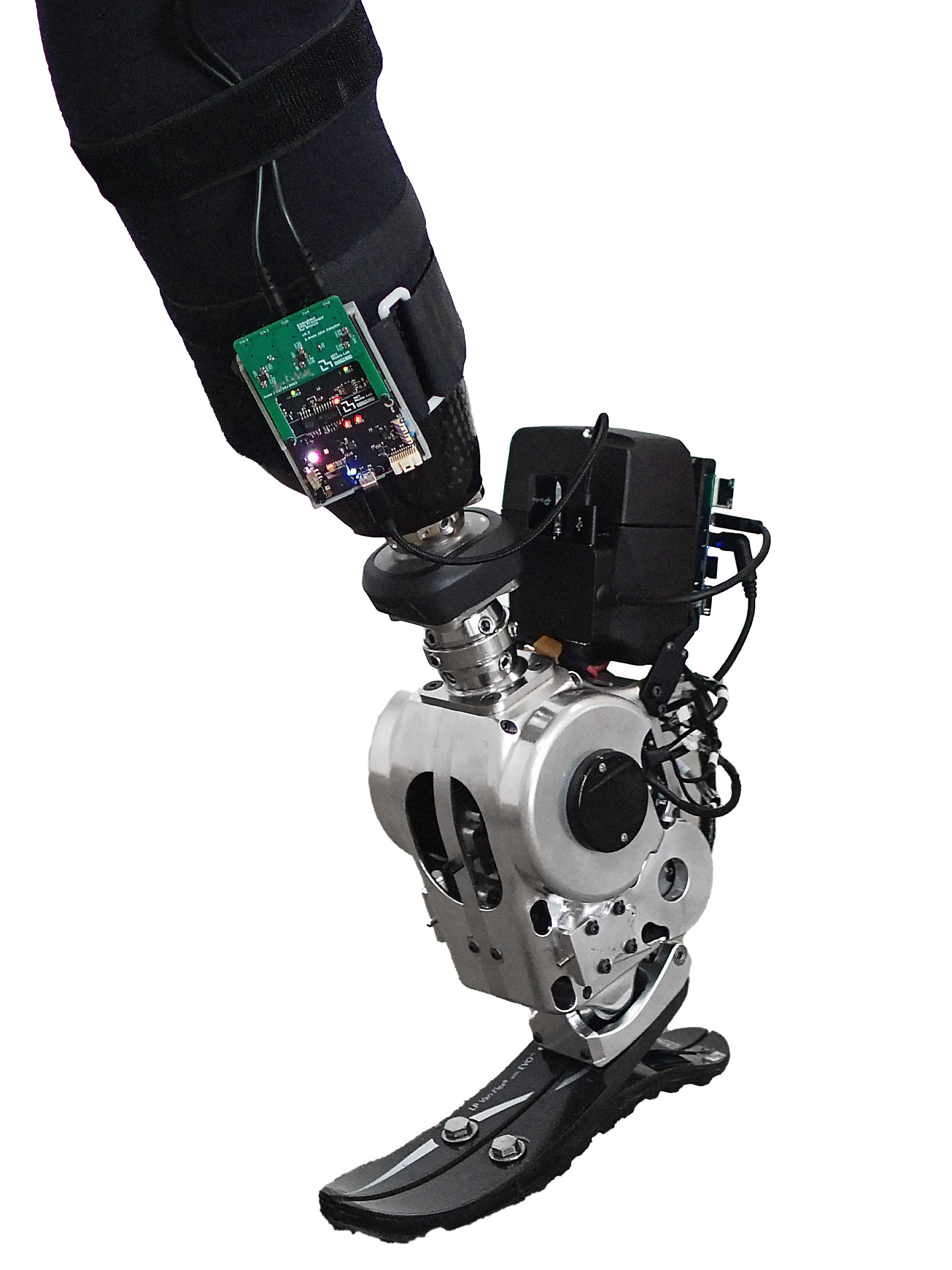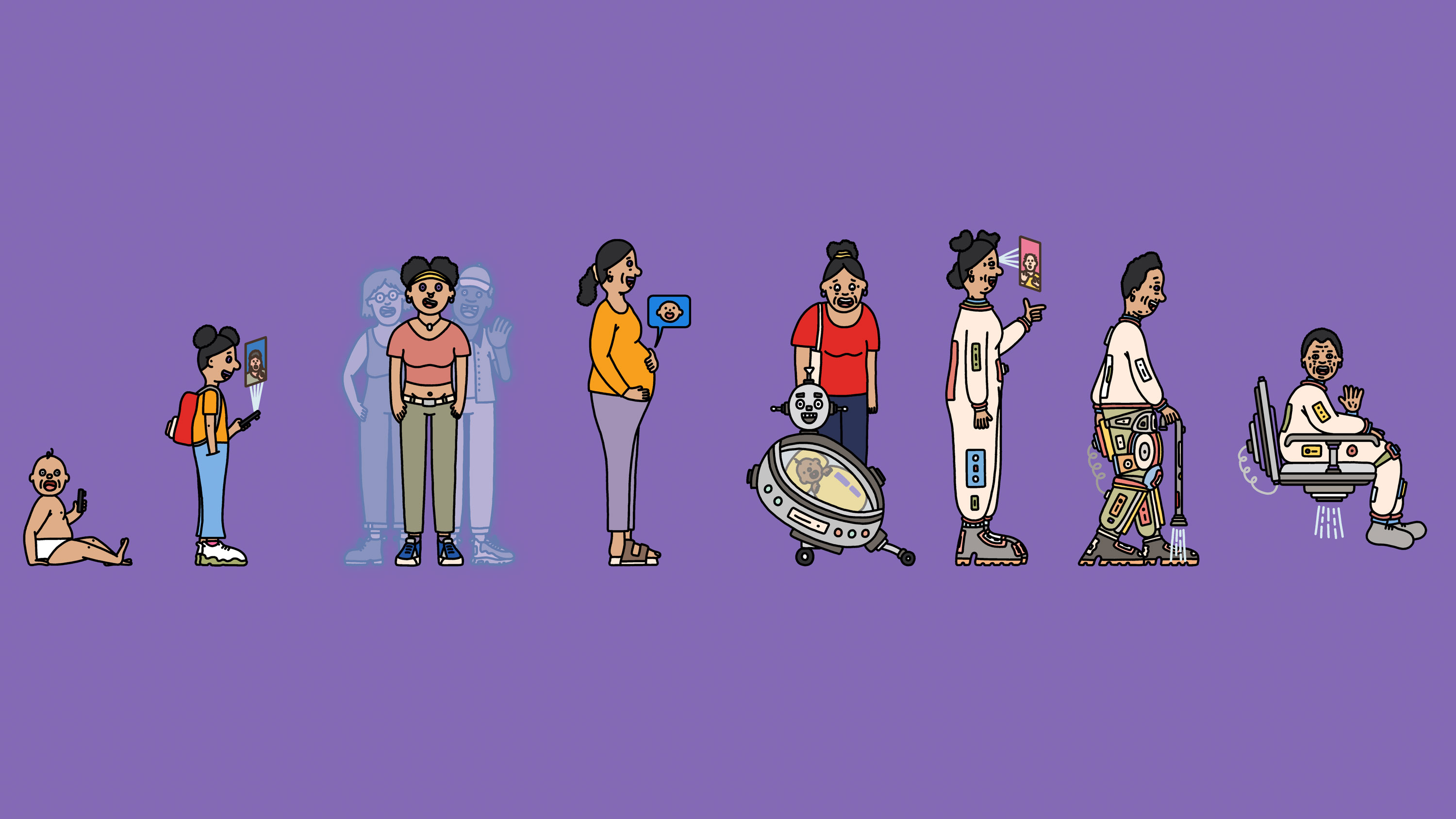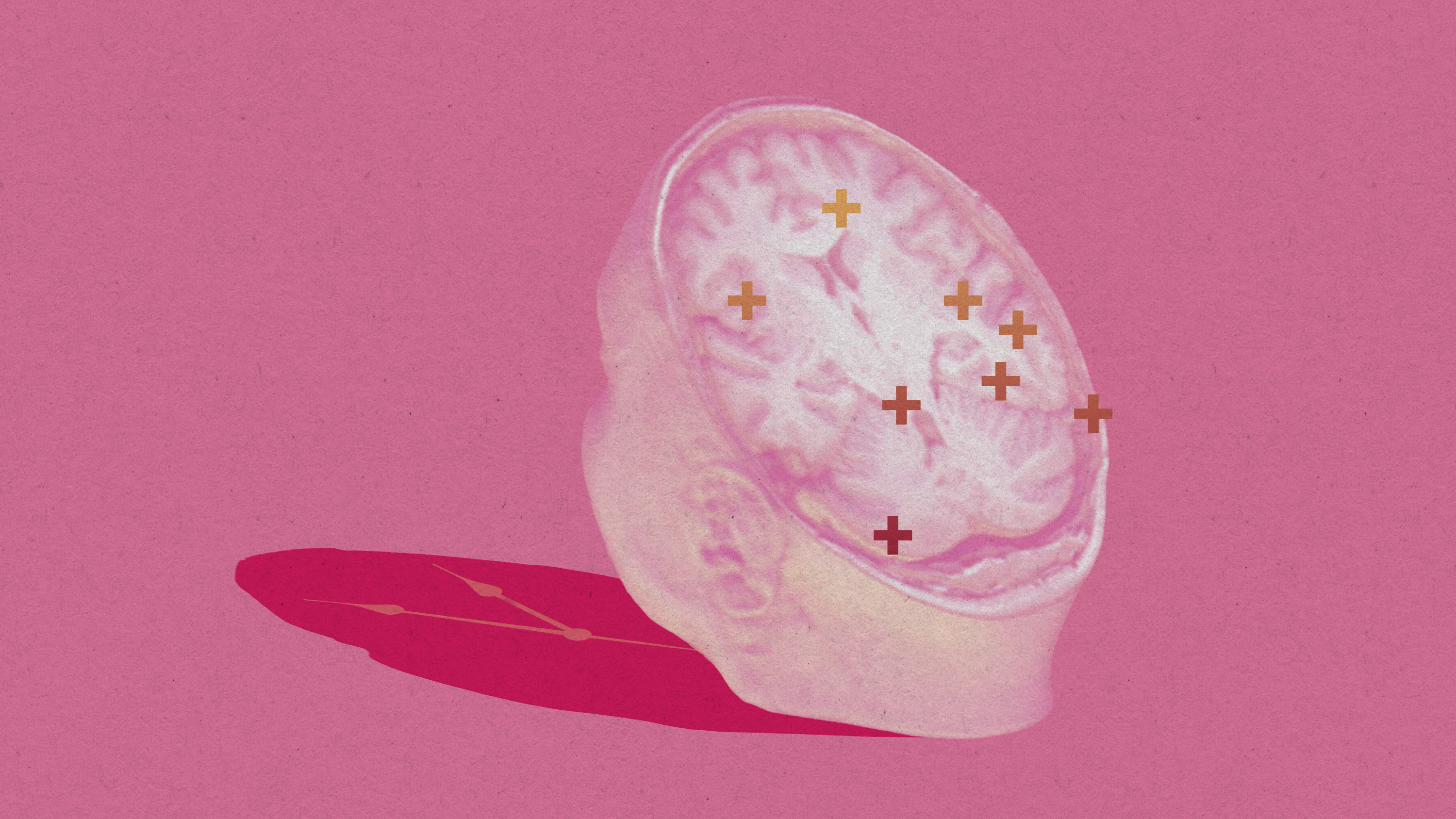A prosthetic leg that feels like a real body part
Thanks to a neural interface, people can move this bionic limb naturally—just by thinking about it.

When someone loses part of a leg, a prosthetic can make it easier to get around. But most prosthetics are static, cumbersome, and hard to move. Now a new neural interface developed by MIT researchers and colleagues connects a bionic lower limb to nerve endings in the thigh, allowing it to be controlled by the brain so that it feels more like a natural body part.
“When you ask a patient ‘What is your body?’ they don’t include the prosthesis,” says MIT biophysicist Hugh Herr, SM ’93, one of the lead authors on the study, who lost both his lower legs in a climbing accident when he was 17. He says linking the brain to the prosthesis can have a positive emotional impact.
Getting the neural interface hooked up to a prosthetic takes two steps. First is surgery involving the portions of muscle that remain after a lower-leg amputation. The operation reconnects shin muscle, which contracts to make the ankle flex upward, to calf muscle, which counteracts this movement. The prosthetic can also be fitted at this point. In addition to enabling the prosthetic to move more dynamically, the procedure can reduce phantom-limb pain, and patients are less likely to trip and fall.
“The surgery stands on its own,” says Amy Pietrafitta, a para-athlete who received it in 2018. “I feel like I have my leg back.” But natural movements are still limited when the prosthetic isn’t connected to the nervous system.
In step two, surface electrodes measure nerve activity from the brain to the calf and shin muscles, indicating an intention to move the lower leg. A small computer in the bionic leg decodes those nerve signals and moves the leg accordingly.
“If you have intact biological limbs, you can walk up and down steps, for example, and not even think about it. It’s involuntary,” says Herr. “That’s the case with our patients, but their limb is made of titanium and silicone.”
The authors assessed the mobility of seven people using a neural interface and seven who’d had conventional amputations, all using the same type of prosthetic limb. Those with the neural interface could walk 41% faster and climb sloped surfaces and steps. They could also dodge obstacles more nimbly and had better balance. And they described feeling that the prosthetic was truly a part of their body rather than just a tool that they used to get around.
The procedure has become the standard of care at Brigham and Women’s Hospital in Boston. But the surface electrodes that give patients full neural control of their limbs are a few years away from being clinically implemented, and the interfaces have only been used in laboratory settings so far. Another limitation is that the muscle reattachment could be less effective if it’s done several years after an amputation.
Herr and his team hope to eventually replace the prosthetic’s surface electrodes with magnetic spheres, which can more accurately track muscle dynamics. “The goal that we have is to really reconstruct bodies, to rebuild bodies,” he says.
Keep Reading
Most Popular

Happy birthday, baby! What the future holds for those born today
An intelligent digital agent could be a companion for life—and other predictions for the next 125 years.

This researcher wants to replace your brain, little by little
The US government just hired a researcher who thinks we can beat aging with fresh cloned bodies and brain updates.

Here’s how people are actually using AI
Something peculiar and slightly unexpected has happened: people have started forming relationships with AI systems.
Stay connected
Get the latest updates from
MIT Technology Review
Discover special offers, top stories, upcoming events, and more.
